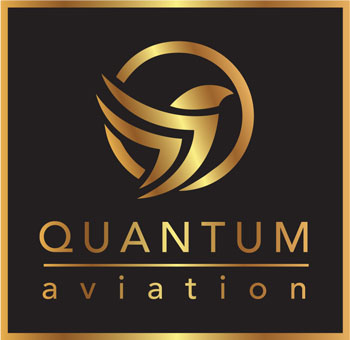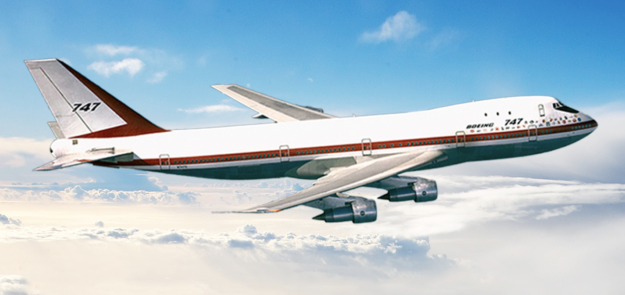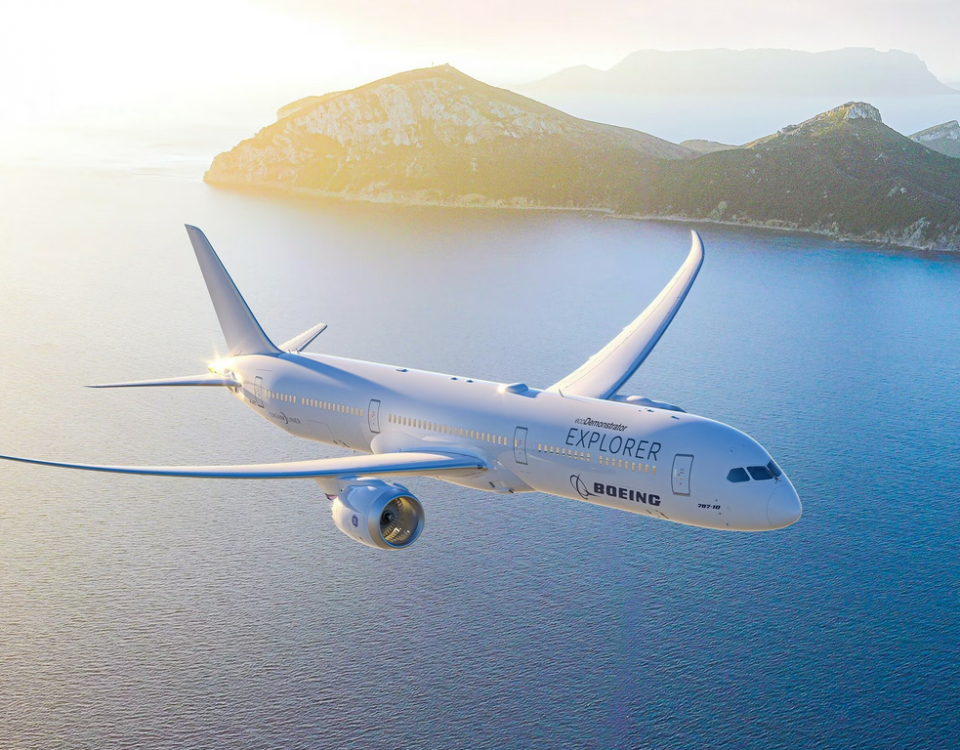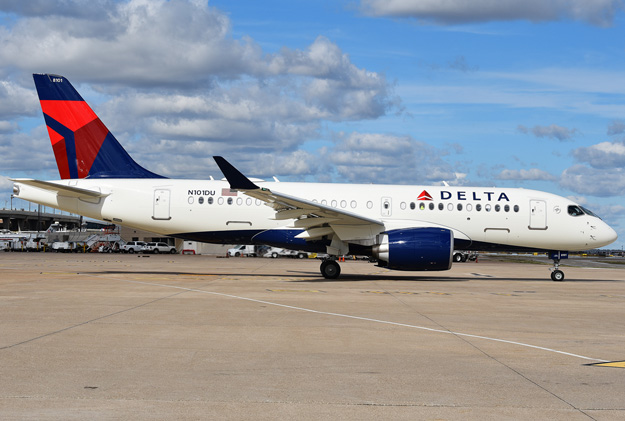
Delta pays its employees $1.3 billion in profit sharing
February 18, 2019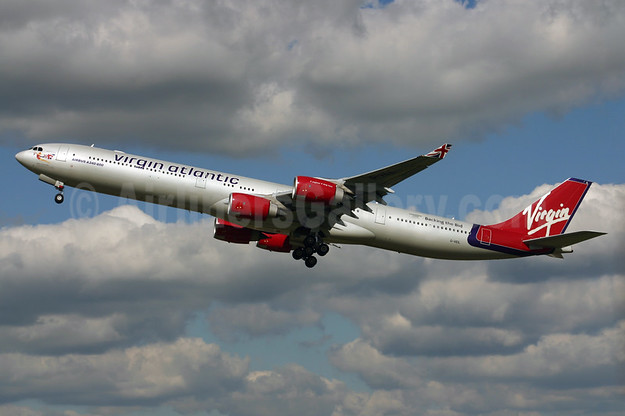
Celebrating the 15th Anniversary of the Virgin Atlantic G-VEIL “Queen Of The Skies”
February 19, 2019Boeing published this story to celebrate 50 years of Boeing 747 flying:

Every day millions of people fly, it is an accepted way of life – but that has not always been the case. From the early days of commercial aviation, flying was limited to business travelers and those with the means to purchase the very expensive tickets.
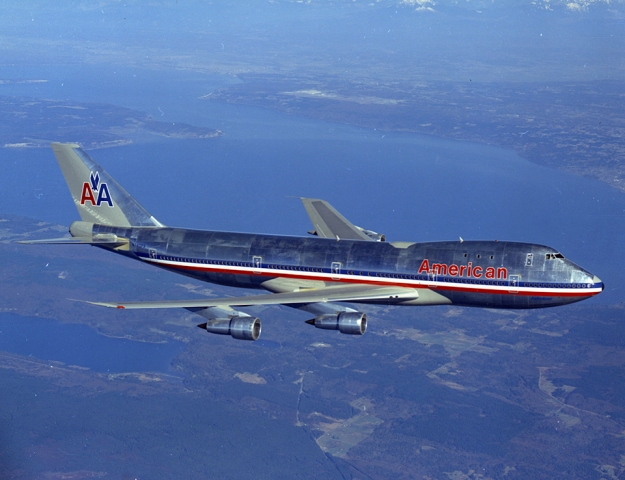
Destinations were also limited requiring a number of connections to fly between major cities. In 1969, that all changed as an incredible invention was revealed to the world. On Feb. 9, 1969, the Boeing 747, called the “Super Jet,” and dubbed the “Jumbo Jet” by the press took to the skies for the first time. To those whom have loved the plane through the years she is the “Queen of the Skies.”
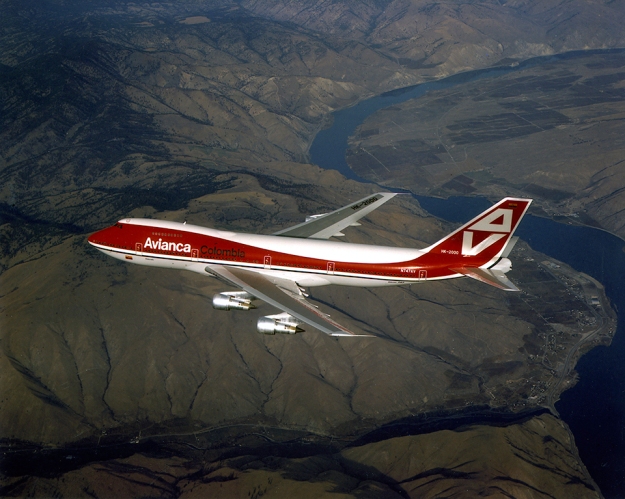
Innovation
The 747 quickly became the icon of commercial aviation. The 747 was postage stamp famous, an icon of pop culture, the backdrop of movies and television, and it even carried the Space Shuttle. The airplane introduced a number of technological and aviation firsts, the greatest being the invention of the twin aisle wide body design. It also marked the first commercial use of the high bypass turbofan engine.

Under the command of chief designer Joe Sutter, the 747’s design was based in safety. Boeing introduced quadruple hydraulic systems, redundant structures and four main landing gear (the plane is able to operate on two), Boeing also reinvented pilot training, moving away from strictly procedural training to behavioral training.


It did not take long for the 747 to have a giant impact on air travel. It was the must-have flagship for the world’s airlines and attracted passengers with its luxury and passenger appeal.



Customers
What has made the 747 extraordinary aside from its distinguishing hump and its Hollywood status,has been the customers who have helped the 747 fleet log more than 57 billion nautical miles (121.5 billion kilometers) which are equal to more than 137,000 trips from the Earth to the moon and back! It is through partnerships with our customers that air travel became a possibility for much of the world. 747s, have flown more than 5.9 billion people – the equivalent of 78 percent of the world’s population.


And as the 747’s role continues, it provides a service that the original designers foresaw and optimized the 747 to perform as the world’s finest freighter – a testament to an airplane that was built to last.
Moments
“Over the last 50 years, the 747 has become legendary, today it is a bridge to a romantic era of flight, an era that we should continue to aspire to resurrect.

But more than that the 747 is a reminder of the power of the human spirit and what we can accomplish with our hearts, minds and hard work. It reminds us that even though we may lose hope in a world that seems filled with strife, we can turn our eyes to the skies and see those great contrails of the Queen of the Skies crossing the heavens and know that we can still overcome great adversity and accomplish incredible things.” – Mike Lombardi, Boeing Historian
Historical Snapshot

The 747 was the result of the work of some 50,000 Boeing people. Called “the Incredibles,” these were the construction workers, mechanics, engineers, secretaries and administrators who made aviation history by building the 747 — the largest civilian airplane in the world — in less than 16 months during the late 1960s.

The incentive for creating the giant 747 came from reductions in airfares, a surge in air-passenger traffic and increasingly crowded skies. Following the loss of the competition for a gigantic military transport, the C-5A, Boeing set out to develop a large advanced commercial airplane to take advantage of the high-bypass engine technology developed for the C-5A. The design philosophy behind the 747 was to develop a completely new plane, and other than the engines, the designers purposefully avoided using any hardware developed for the C-5.

The 747’s final design was offered in three configurations: all passenger, all cargo and a convertible passenger/freighter model. The freighter and convertible models loaded 8- by 8-foot (2.4- by 2.4-meter) cargo containers through the huge hinged nose.

The 747 was truly monumental in size. The massive airplane required construction of the 200 million-cubic-foot (5.6 million-cubic-meter) 747 assembly plant in Everett, Wash., the world’s largest building (by volume). The fuselage of the original 747 was 225 feet (68.5 meters) long; the tail as tall as a six-story building. Pressurized, it carried a ton of air. The cargo hold had room for 3,400 pieces of baggage and could be unloaded in seven minutes. The total wing area was larger than a basketball court. Yet, the entire global navigation system weighed less than a modern laptop computer.

Pilots prepared for the 747 at Boeing training school. The experience of taxiing such a large plane was acquired in a contraption called “Waddell’s Wagon,” named after Jack Waddell, the company’s chief test pilot. The pilot sat in a mockup of the 747 flight deck built atop three-story-high stilts on a moving truck. The pilot learned how to maneuver from such a height by directing the truck driver below him by radio.
The National Aeronautics and Space Administration later modified two 747-100s into Shuttle Carrier Aircraft. The next version, the 747-200, holds approximately 440 passengers and has a range of about 5,600 nautical miles (10,371 kilometers). In 1990, two 747-200Bs were modified to serve as Air Force One and replaced the VC-137s (707s) that served as the presidential airplane for nearly 30 years. The 747-300 has an extended upper deck and carries even more passengers than the -200.

The 747-400 rolled out in 1988. Its wingspan is 212 feet (64 meters), and it has 6-foot-high (1.8-meter-high) “winglets” on the wingtips. The 747-400 also is produced as a freighter, as a combination freighter and passenger model, and as a special domestic version, without the winglets, for shorter range flights.
In August 1999, major assembly began on a militarized 747-400 Freighter to be used as a platform for the U.S. Air Force’s Airborne Laser (ABL) program. It rolled out on Oct. 27, 2006, and was eventually designated YAL-1. Boeing was the prime contractor for ABL, which was designed to provide a speed-of-light capability to destroy all classes of ballistic missiles in their boost phase of flight. Boeing provided the modified aircraft and the battle management system and is the overall systems integrator. ABL partners were Northrop Grumman, which supplied the chemical oxygen iodine, or COIL, high-energy laser associated lasers, and Lockheed Martin, which provided the nose-mounted turret in addition to the beam control/fire control system. On Feb. 11, 2010, the flying test bed destroyed a ballistic missile off the coast of Southern California. The program was canceled in 2011, and in 2012, YAL-1 was flown to the U.S. Air Force “bone yard” near Pima, Ariz., to be scrapped.
Another variant is the Dreamlifter — a specially modified 747-400 — that transports the large composite structures, including huge fuselage sections of the 787 Dreamliner, from partners around the world to Everett, Wash., and Charleston, S.C., for final assembly. The massive cargo is loaded and unloaded from a hinged rear fuselage. The last of the series four was delivered Feb. 16, 2010.

The longer range 747-400 airplanes (also known as 747-400ERs) were launched in late 2000. The 747-400ER (Extended Range) family is available in both passenger and freighter versions. The airplanes are the same size as current 747-400s and have a range of 7,670 nautical miles (14,205 kilometers) as opposed to the 747-400 range of 7,260 nautical miles (13,450 kilometers). It incorporates the strengthened -400 Freighter wing, strengthened body and landing gear, and an auxiliary fuel tank in the forward cargo hold, with an option for a second tank. When the 747-400ER’s full-range capability is not needed, operators can remove the tank (or tanks), freeing up additional space for cargo.
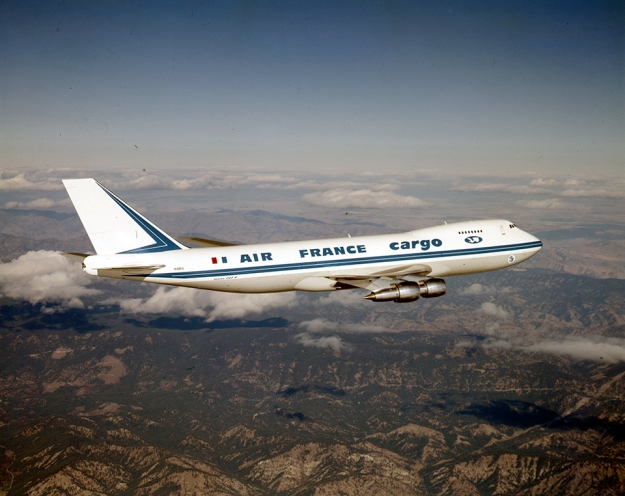
In November 2005, Boeing launched the 747-8 family — the 747-8 Intercontinental passenger airplane and the 747-8 Freighter. These airplanes incorporate innovative technologies from the 787 Dreamliner. In fact, the designation 747-8 was chosen to show the technology connection between the 787 Dreamliner and the new 747-8, including the General Electric GEnx-2B engines, raked wingtips and other improvements that allow for a 30 percent smaller noise footprint, 15 percent reduction in-service carbon emissions, better performance retention, lower weight, less fuel consumption, fewer parts and less maintenance.

The 747-8 Freighter first flew on Feb. 8, 2010. The airplane is 250 feet, 2 inches (76.3 meters) long, which is 18 feet, 4 inches (5.6 meters) longer than the 747-400 Freighter. The stretch provides customers with 16 percent more revenue cargo volume compared with its predecessor. That translates to an additional four main-deck pallets and three lower hold pallets.
The passenger version, the Boeing 747-8 Intercontinental, serves the 400- to 500-seat market and took its first flight on March 20, 2011. The cabin’s sculpted ceilings, bigger overhead and side stowbins, a redesigned staircase and dynamic LED lighting all add to an overall more comfortable passenger experience. With 51 additional seats and 26 percent more revenue cargo volume than the 747-400, Boeing delivered the first 747-8 Intercontinental to an undisclosed Boeing Business Jet customer on Feb. 28, 2012. Launch customer Lufthansa took delivery of the first airline Intercontinental April 25, 2012.
On June 28, 2014, Boeing delivered the 1,500th 747 to come off the production line to Frankfurt, Germany-based Lufthansa. The 747 is the first wide-body airplane in history to reach the 1,500 milestone.
All photos by Boeing.
Videos:

